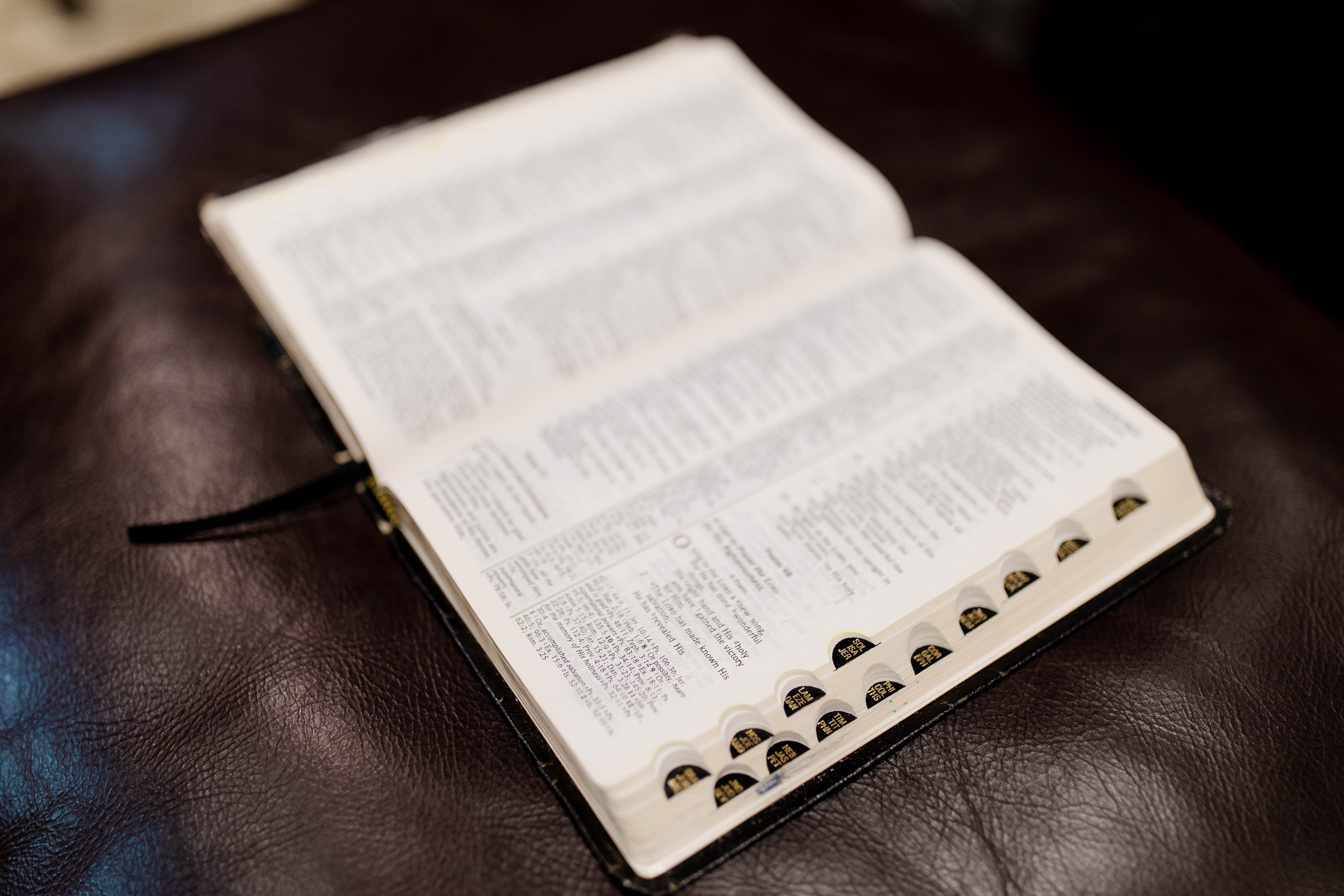Reviewing Bible Translations

Recently, I’ve received some questions about Bible translation, and since I gave some recommendations for Bible reading last week, I thought it’d be a good idea to go ahead and lay this out for your reference. So below are some thoughts on the top five bestselling translations.
- New International Version (NIV)
I believe all of my childhood Bibles were NIV, so this is a translation I’ve used a lot. It is a “dynamic equivalent,” which means the translators were working at the level of phrases and thoughts rather than words. However, very often, the NIV is actually pretty close to word-for-word. The big problem with the NIV is that the 2011 edition (the only edition available today) takes gender neutrality too far. This is not a problem if you have the 1984 edition. I don’t have space to go into detail on that, but this video covers the issues pretty well.
I cannot recommend the NIV (2011). If you like how the NIV reads, but can’t find a 1984 edition, check out the New English Translation (NET).
- English Standard Version (ESV)
This is my translation of choice. It’s what I teach and preach from, and it’s what I use personally. It’s also by far the most common translation in Reformed and Presbyterian circles. You’ll find it in the pews of most conservative Presbyterian churches in the US as well as on the desks of most conservative Presbyterian seminary professors. It is very highly regarded in broader evangelical circles as well.
It is a very literal translation in the King James line of Bibles. That means it attempts to preserve some of the style and language of the King James. For example, if you compare Psalm 23 in the ESV and KJV, you’ll find that there are lots of similarities. It also normally reflects the Hebrew and Greek texts with a high level of accuracy. I often have quibbles with some of its translation choices, but it is very consistent in its translation choices. The NIV, for example, can be very word-for-word in some places, but very loose in others. The ESV stays at about the same level throughout, so you always know what you’re getting.
The one quibble that many people have with the ESV is that there’s a clear bent toward complementarianism (male headship in the home and church). That doesn’t bother me so much because I happen to agree with their interpretations, but it’s good to know that they have that tendency. Whenever you’re dealing with men and women passages, I always recommend comparing the ESV to the KJV because the KJV was done in a context where gender wasn’t hot button issue.
If can only have one Bible, get an ESV.
- New Living Translation (NLT)
The NLT is a very good “easy reading” Bible. On this list, it’s the loosest translation, on the far end of dynamic equivalence. A lot of translations in the range of the NLT don’t come from trustworthy sources, but the NLT is an exception here. The team that worked on this translation are highly qualified and respected. I would just be sure to have a more literal translation (such as the ESV) if you’re doing deeper Bible study. But for children or more relaxed reading, the NLT is great. If you don’t want to use two Bibles, but you still want something a little easier to read, I’ll recommend again the NET.
If you want an easy reading Bible, the NLT is a good choice, but make sure you pair it with something more literal.
- Christian Standard Bible (CSB)
The CSB is a revision of the Holman Christian Standard Bible (HCSB). The Holman name might tip you off to the fact that this is a Southern Baptist translation. (In fact, we used to joke that HCSB stood for Hard-Core Southern Baptist.) The CSB dropped the Holman name in an attempt to appeal to a broader audience, but it’s also a major revision from the old HCSB. In general, I thought the HCSB was a very good translation, but the CSB is, in my opinion, a significant downgrade. The stated goal of the translation committee was to get a maximum balance between readability and accuracy, but the result is a Bible that’s not very good at either. In the end you’d probably be better served by an ESV or an NET.
I do not recommend the CSB, but you’ll be fine if that’s what you want to use.
- King James Version (KJV)
I love the KJV. I consistently find it to be the most accurate translation of the Hebrew and Greek. Add to that it’s impressive historical pedigree, and you’ve got a great Bible translation. But there’s one glaring problem: it’s 400 years old. The language is archaic. There are lots of words that you’ll have to look up to understand, and there will be many words that you think you understand but don’t because their meaning has changed. Now, the vast majority of the time, that’s not a barrier to understanding, especially if you’ve grown up with the KJV. The easy solution is to get one of these modern Bibles and compare, not unlike how you’d handle the NLT.
Every home should have a KJV, but it probably shouldn’t be the only Bible in the home.
Updates
God willing, we will be back to our full schedule for Wednesday night next week! Hopefully, everyone who is still sick will be feeling better, but continue to pray that our church would be guarded from further illness.
Your friend in Christ,
Reid
